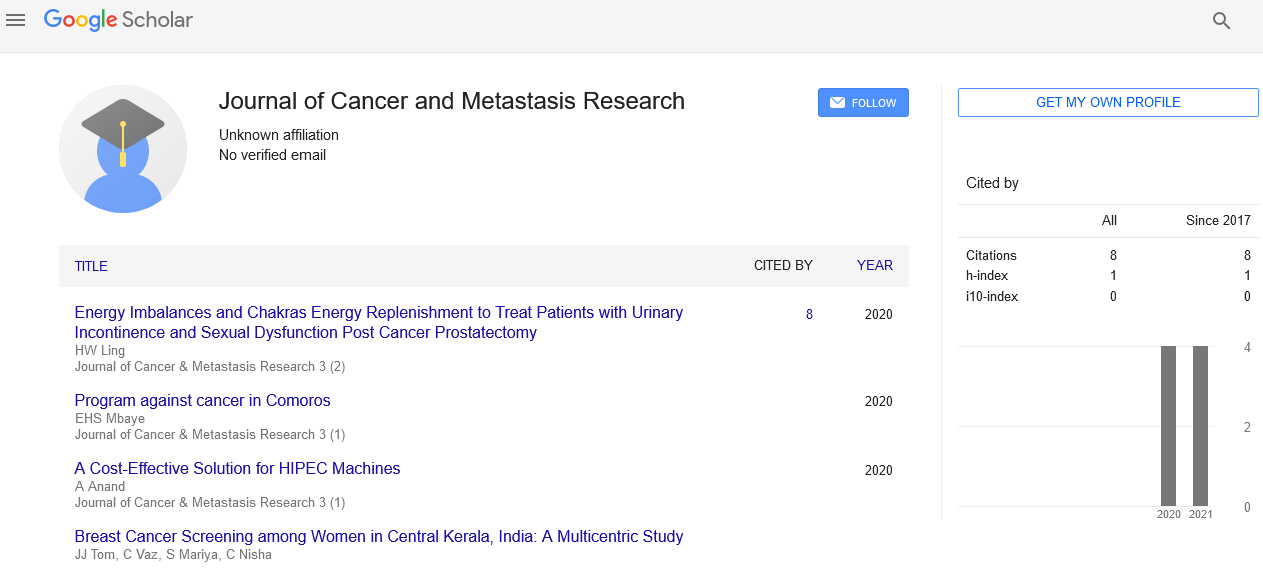an unfortunate case of acute blast crisis and the impact of leukocytosis on morbidity
Received: 14-Sep-2020 Accepted Date: Feb 03, 2022; Published: 23-Feb-2022
This open-access article is distributed under the terms of the Creative Commons Attribution Non-Commercial License (CC BY-NC) (http://creativecommons.org/licenses/by-nc/4.0/), which permits reuse, distribution and reproduction of the article, provided that the original work is properly cited and the reuse is restricted to noncommercial purposes. For commercial reuse, contact reprints@pulsus.com
Abstract
Blast crisis is an entity seen in both acute and chronic myeloid leukemia. It can be related to the phenomena of hyperleukocytosis and leukostasis, both potentially life-threatening conditions. Hyperleukocytosis is arbitrarily defined as a WBC greater than 100,000/uL; it is widely accepted that the most severe of symptoms occur with WBC at or greater than this value, although severe symptoms can still occur with WBC of only 50,000/uL. An important distinction exists between AML and CLL, as patients with CLL can have WBC elevation greater than 500,000/uL without any appreciable symptoms. This is related directly to the chronic, indolent nature of the disease course in CLL and the lack of acute, cytotoxic cytokine release that is seen in episodes of acute blast crises related to myelocytic or lymphocytic leukemia. The incidence of the phenomenon is not insignificant, with ranges from 5-13% seen in AML and 10-30% in ALL.
Case Description: This case describes a 78 year-old female, PMH significant for CAD, HTN and T2DM who presented to the ER with complaints of progressively worsening malaise for the preceding two days. Of note, patient spoke a specific dialect of Mandarin that was unknown to the translator; this made history taking of little use. Family members were present at bedside and provided the ancillary history. The patient had been on a tour of the United States over the prior week before hospital admission. Her travels had taken her to San Francisco (5 days prior to hospital admission) and Las Vegas (2 days prior to admission). The patient had actually been seen in a homeopathic clinic in Chinatown, San Francisco wherein she was prescribed an unspecified medication for a described “cold and lung infection.” Per her family relations, this medication temporarily improved her feelings of malaise. While in Las Vegas, the patient was noted to have difficulty with ambulation secondary to excessive weakness. The day immediately before admission, the patient was noted to be diaphoretic, dyspneic and significantly agitated.
On arrival to the ER, the patient underwent evaluation before General Medicine was called for admission. She underwent a V/Q scan, which was found to be low probability for PE. The patient was then transferred to the ultrasound suite for Duplex ultrasound of the bilateral lower extremities, with the leading diagnosis at that time being VTE. While in the ultrasound suite, the patient experienced multiple episodes of coffee-ground emesis. Shortly thereafter, the patient went into PEA arrest and the hospital code team was activated. ROSC was obtained after approximately seven minutes and the patient was transferred to the ICU, experiencing another episode of cardiac arrest requiring defibrillation immediately after intubation. During her brief ICU stay, the patient experienced additional instances of cardiac arrest before eventually expiring later that evening.
Discussion: Blast crisis and the associated hyperleukocytosis/leukostasis syndromes denote a medical emergency and require both rapid assessment and initiation of specific therapies. Any delays to commencement of therapy are directly related to increased mortality in an already highly fatal condition. The mainstay of therapy is rapid initiation of supportive care and commencement of induction antineoplastic therapy. Leukapheresis and treatment with hydroxyurea, despite being quite common in clinical practice, are not the standard of care and do not carry with them any meaningful improvements in longterm mortality. Leukostasis is an important aspect of the syndrome defined by hyperleukocytosis, occurring mainly in the sensitive tissue comprising lung parenchyma and cerebral vascular architecture. Two major theories exist to explain the mortality caused by said phenomenon: stasis in the microvasculature and massive cytokine release . It has been noted that endothelial cells release massive cytokine cascades and signaling markers to attract even more blasts to a specific site, causing a systemic inflammatory reaction that seems to persist even after leukapheresis, with most cases of mortality being documented in the days to weeks following initiation of therapy and hospital admission . This suggests there exists myriad other factors, many of them possibly unknown, which predispose individuals afflicted with this unfortunate illness to high mortality with little in the way of effective treatment.





